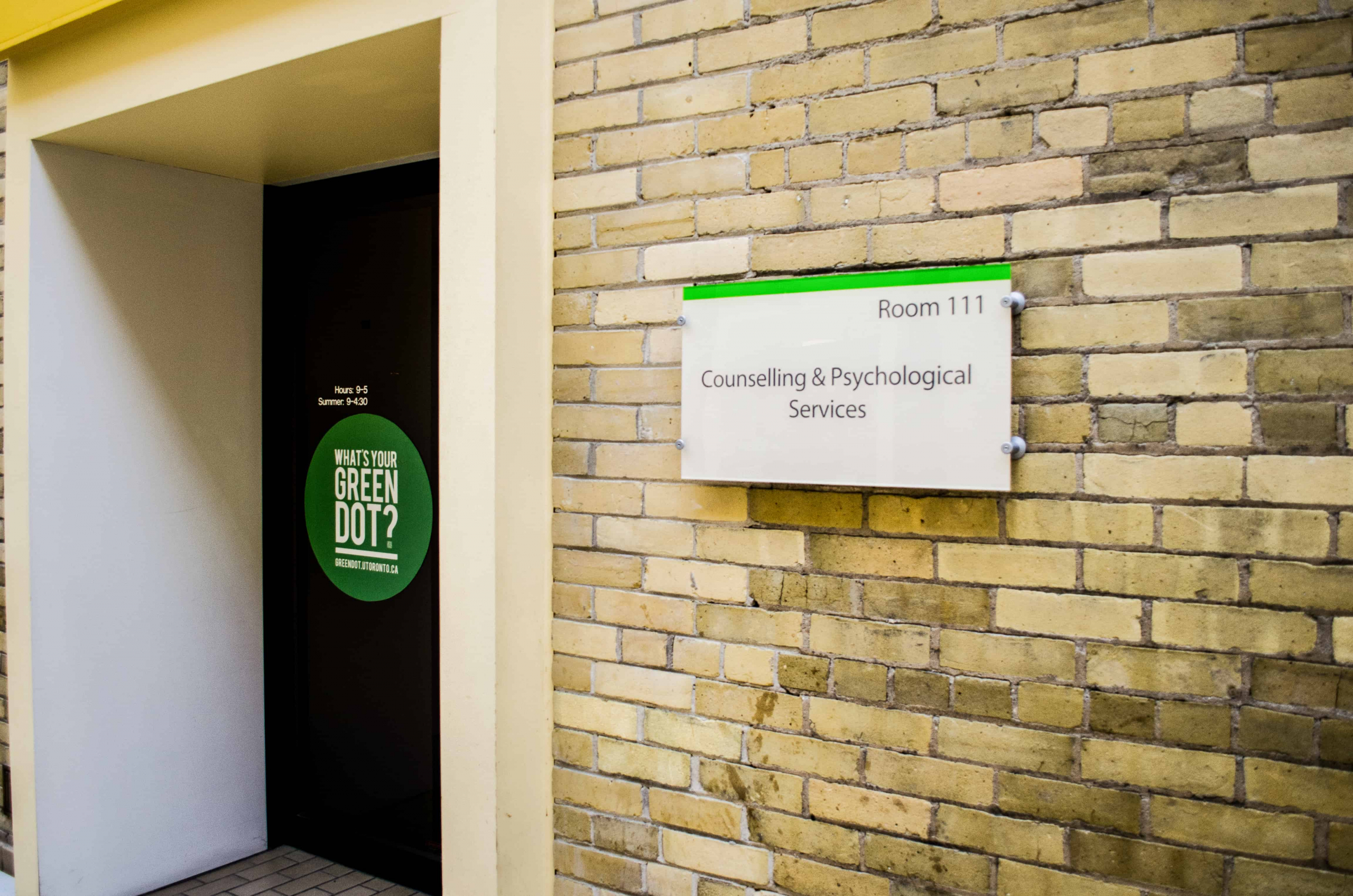“What if I don’t know why I’m anxious or depressed? What if I just am?” asks a blonde girl, her voice shaking.
The room falls silent.
I’m sitting on a rigid, plastic chair in a small seminar room in the Koffler Student Services Centre, trying to pay attention to the presentation projected onto the screen: “Coping with Stress.” The question catches me off-guard. It’s the question that everyone’s been thinking, but no one has asked aloud.
The psychologist running the presentation stops speaking and looks around the room, clearly struggling to come up with an answer.
Instead of speaking, she passes out a “Fear Hierarchy” sheet and asks us to rate our fears according to how anxious they make us. One astute example is “raising your hand in class.” The blonde girl’s question remains unanswered.
I had hoped that this “Coping with Stress” workshop, run by U of T’s Counselling and Psychological Services (CAPS) would help me, but instead it left me frustrated and angry. After a hard first semester, I approached CAPS about meeting with a counsellor. I was told there was a four month-long waiting list and to start looking for other options, but to come in for this stress workshop anyway. It didn’t go very well.
However, my co-workshopper’s question got me thinking. Why are mental health issues increasing in adolescents and why does it seem that most universities can’t keep up with this growing need for psychological services?
Maclean’s has reported that, after motor vehicle accidents, suicide is the leading cause of death in Canadians aged 10–24. With the spate of suicides in the past two years at universities such as Queen’s and Cornell, this statistic is uncomfortably believable.
“Today’s students are not exposed to a lot of life stuff, the difficult ‘fall-on-your-face’ stuff,” says Trinity College dean Jonathan Steels. “The home environment can be very nurturing, much more so than it was in the past, which can make the transition to university a lot more difficult.”
The increasing competitiveness among students is also a strong contributor to the mental health crisis. The American College Health Association’s National College Health Assessment found that 86 per cent of all students reported having felt overwhelmed and, sadly, 45 per cent of college students felt hopeless. It does not seem that students are enjoying their education.
“When I went to U of T, the atmosphere wasn’t nearly as competitive,” says Janine Robb, executive director of Health and Wellness at U of T. “We were able to savour our education. It’s unfortunate, and something we’re trying to lessen around campus.”
The exceedingly competitive job market has not gone unnoticed by students, either. “It’s a whole evolving landscape,” explains Steels. “There’s a huge drop of people going into liberal arts degrees … a belief that ‘hard science’ degrees are more useful. Failure isn’t an option, so anxiety goes up because the coping techniques aren’t there.”
CAPS seems to be prioritizing the development of these coping techniques through programs such as Peers are Here, a peer support drop-in group, and Stressbusters, a series of workshops aimed at helping students cope with stress. In addition, CAPS has also initiated a cyber counseling service called CounseLine, in partnership with the Faculty of Social Work and the Faculty of Arts & Science.
Robb emphasizes that CAPS is making a continual effort to de-stigmatize mental illness across campus through events like Mental Health Awareness Month and their newest undertaking, Blue Space.
“Blue Space will be identified as areas where mental health matters and where it is safe to have conversations around mental health. We want to get to a point where students feel empowered to ask for mental health support when they need it,” says Robb. But will this be enough?
Lauren, a second-year student, went to CAPS seeking help for her disorder. Instead of finding a positive space, she says: “I was shocked to see how harsh the doctor was. They were completely cold, unfriendly, and judgmental — everything that I was afraid of. I was in complete shock. I thought I had found a safe environment where I could finally be helped; instead, I felt even more like nothing as I left the room.”
Ironically, like any other student at U of T, a portion of Lauren’s student fees goes towards running CAPS.
Though CAPS has good intentions, the organization still has a long way to go. A four month-long waiting list is far from ideal for a student undergoing a mental crisis, especially if they cannot afford to seek treatment from therapists who charge as much as $185 an hour.
“It is an ongoing evaluative process. We are always trying to improve the system,” Robb concedes.
Hopefully the system will begin to work for its students, so that university becomes a more nurturing environment for individual growth. Hopefully students’ questions will be answered and help will be given. Hopefully students will come to know that they’re not alone.
We can only hope.
Amanda Greer is a second-year student at U of T studying film and English.


